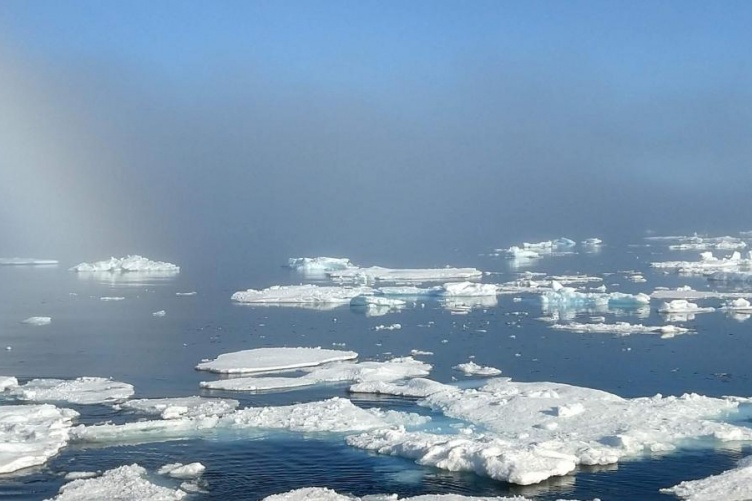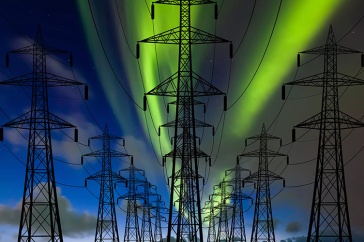
Three researchers from UNH’s Institute for the Study of Earth, Oceans and Space have received grants from different government agencies totaling over $3.8 million. The projects will focus on designing, building or implementing state-of-the-art technology to help gain insight into three key research areas.
Impact of Seasonal Freezing and Thawing
Alexandra Contosta, research assistant professor in UNH’s Earth Systems Research Center, has been awarded a $1.2 million grant from the U. S. Department of Agriculture (USDA) to study the impact of seasonal freezing and thawing which is a dominant control on nutrient and carbon cycles and affects soils in forests, urban settings and agricultural ecosystems.
The team of ecologists, hydrologists, engineers and climate scientists will develop, test and deploy new state-of-the-art wireless sensing technology to help bridge the gap in assessing the timing and extent of frozen soil and its effect on ecosystems. Researchers will pair the wireless frost sensors, called FroSen, with an unpiloted aerial system (UAS) using ground penetrating radar technology to better understand how rapidly warming winters punctuated by extreme cold snaps might impact soil’s freeze and thaw. They will also engage middle and high school kids as student scientists to build their own low-cost soil frost sensors and collect data on changing winter snow and soil conditions.
Drones and Snowpack Surveillance
Jennifer Jacobs, professor of civil and environmental engineering, received a $1.5 million grant from the U.S. Department of Defense to look at new ways to use an unpiloted aerial vehicle (UAV), or drone, to monitor snowpack depth to better support the military’s humanitarian efforts like the management of water resources and security as well as possible tactical land surface applications in colder weather northern regions around the world.
Researchers will leverage UNH’s cold-regions expertise as well as UAV experience with multi-sensors like thermal and LiDAR, which uses lasers to measure distances. The team will develop new ground and airborne technologies to characterize cold-region effects that will help guide military operations and develop novel applications for lightweight, low-cost drone sensors that provide real-time updates of snow and ice depths in cold weather environments.
Measuring Sun Particles Affecting Earth’s Radiation
Chris Mouikis, a research associate professor in UNH’s Space Science Center, received a grant for $1.15 million from the National Aeronautics and Space Administration (NASA) to design, build and test a hardware system that will allow for better measurement of plasma ions in the heliosphere, a bubble surrounding and protecting the solar system, which can be utilized in the design of future missions. The goal is to measure the plasma ion’s wide range of activity as a spacecraft travels through different regions of the heliosphere, which can be challenging, especially when scientists try to measure more than one type of ion.
The Sun sends out a constant flow of ions and electrons, called the Solar Wind, that travels past all the planets before it is slowed down by the matter and radiation from the rest of the galaxy. This forms a giant “bubble” around the Sun and its planets, called the heliosphere, that limits the amount of harmful cosmic radiation reaching Earth. In addition, Earth has its own magnetic shield, the magnetosphere, that limits the radiation exposure during solar storms. Radiation exposure can pose risk for humans in space, damage space instruments, adversely affect satellites and even influence the Earth’s atmosphere.



















































